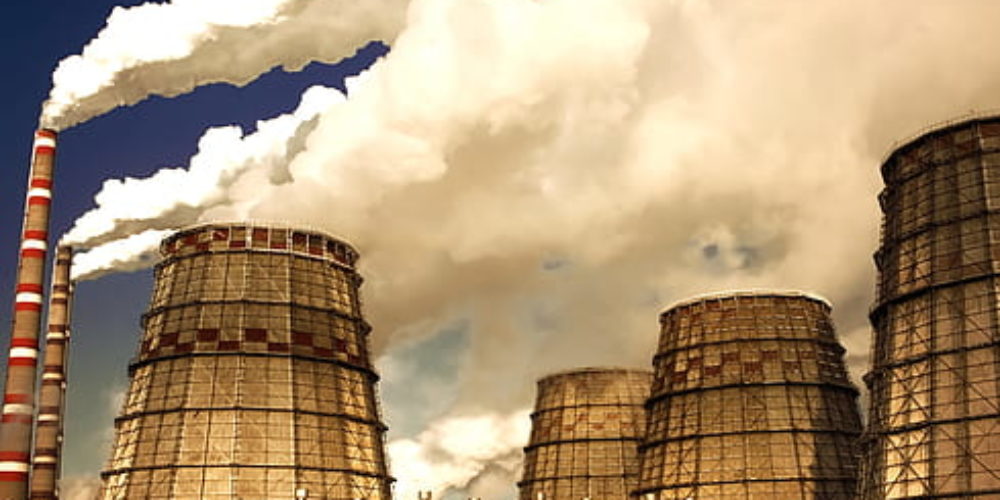
The climate of our planet has always changed and fluctuated, due to natural drivers that control our climate system. But recent variations in the Earths temperature, weather events, sea levels and sea ice are indicating there is a catastrophic change happening to our environment.
If we look at temperature proxy graphs which show the Earth’s climate over millions of years (through oxygen isotope data from benthic foraminifera, ice cores and other geological records), we can see fluctuations from Hothouse worlds to Greenhouse worlds and Icehouse worlds.
In the last Glacial Maximum, around 21,000 years ago, both poles were covered by ice sheets that were expanding and much of the continents in the northern hemisphere were covered by ice. In the past 10,000 years, due to Milankovitch cyclicity (changes in the Earth orbit around the sun) the Earth has naturally warmed and should still do so for approximately another 40,000 years before we would expect to see these effects reversed and the Earth once again move towards another ice-age.
However, since the industrial revolution, humans have expelled copious amounts of carbon dioxide into the atmosphere. This has triggered an unnatural warming that has seen the Earth’s temperature rise dramatically over a short period of time. The average global temperature was 12˚C during the Last Glacial Maximum. During the following Interglacial period, the average global temperature slowly rose to 13.8˚C. Since 1880, it has increased another 0.6˚ degrees to 14.4˚C (as of 2015). This rate of warming is ~50 times faster than the rate of warming during the previous 21,000 years (Scotese, 2016).
Since the above-mentioned report was written, these patterns have not changed. 2019 has concluded that the previous decade has been the warmest on record and also shows the past 5 years were the warmest in the 170-year series, which saw 2019 with an average temperature increase of 1.05˚C compared to pre-industrial levels (Met Office 2020).
This temperature increase we are seeing now is also having a devastating effect on other environmental factors which will continue to see our climate carry on with the unprecedented rise. A new study has suggested that methane emissions from the world’s wetlands could increase by 50-80% by 2100 because of global warming, seeing a further increase of greenhouse gasses in our atmosphere. Methane release in these wetlands is just one example of a positive feedback mechanism that could cause a ‘climate tipping point’, where if these factors hit a threshold, can lead to large and irreversible changes in the state of our natural systems, so it is imperative for our future we do not exceed these.
Our environment is now in a period of rapid change. Although fluctuations have been natural over our Earth’s history, we are approaching a point where irreversible changes are going to occur and it is important that everyone begins to understand what is going to not only affect them, but future generations. What we do within the next few years, will have a massive impact on our planet’s future.
The webinars that have been produced are aiming to give property professionals this baseline understanding of climate change, impacts and policy that affect us all now and in the future.
